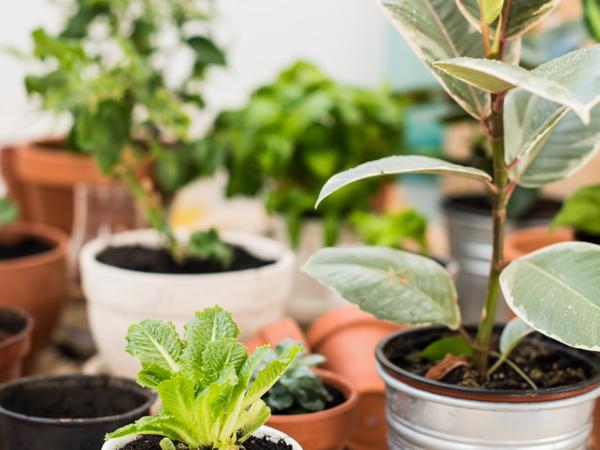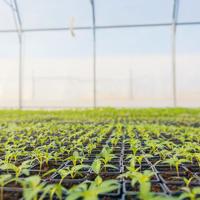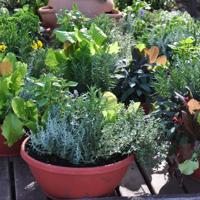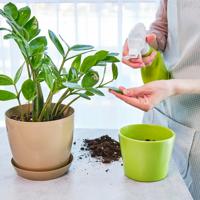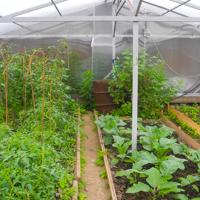Creating a thriving container garden at home can be a rewarding and sustainable way to bring nature indoors. Whether you’re just starting out or looking to refine your green thumb, selecting the right pots and planters is an essential step. Although it might seem straightforward, there are numerous factors to consider to ensure your plants remain healthy and vibrant.
Understanding Your Plant’s Needs
Before diving into the different types of pots and planters, it’s crucial to understand the specific needs of your plants. Different plants have varying requirements for root space, drainage, and light exposure.
-
Root Space: Smaller plants like herbs or succulents may thrive in more compact containers, while larger or rapidly growing plants such as tomatoes might need bigger pots to accommodate their expanding root systems.
-
Drainage: Proper drainage is vital to prevent water accumulation, which can lead to root rot. Most plants favor containers with drainage holes. However, if you find the perfect pot that lacks them, consider adding a layer of rocks at the bottom to enhance water flow.
Materials Matter
The material of your pot can influence factors such as weight, durability, aesthetics, and the overall health of your plants.
Terracotta
Terracotta pots are well-loved for their rustic appearance and porous nature, allowing for better airflow to the roots. However, they can dry out quickly and might not be ideal for plants needing consistent moisture.
Example: Cacti and succulents thrive in terracotta due to their need for well-draining soil and less frequent watering.
Plastic
Plastic pots are lightweight, cost-effective, and come in various colors and styles. They retain moisture better than terracotta but might not provide the same breathability.
Example: Plastic pots work well for moisture-loving plants such as ferns and some tropical varieties.
Ceramic
Ceramic pots, often glazed, offer an aesthetic appeal with many designs to choose from. They tend to be heavier and can retain moisture, making them ideal for indoor use.
Example: They can be a good choice for houseplants like peace lilies that enjoy consistent moisture.
Metal
Metal containers offer a modern look and can be quite durable. However, they can heat up quickly in sunny spots, potentially harming plant roots.
Example: Using metal pots indoors can avoid the heat issue and present an industrial style for your decor.
Size and Shape
Choosing the correct size and shape of your pot is integral for plant health. As a general rule, the container should be proportional to the plant size, providing enough room for root growth without overwhelming the plant.
- Too Small: Limited root growth and necessity for frequent watering.
- Too Large: Excessive soil retains too much water, risking overwatering.
For shape, deep pots suit deep-rooted plants, while wide, shallow containers work well for shallow root systems.
Environmental Considerations
It’s important to think about the origin and sustainability of the materials you choose. Opting for locally-sourced or recycled materials can support eco-friendly practices.
Unfortunately, there’s limited comprehensive research specific to the sustainability of pot materials, but general eco-conscious decisions can significantly contribute to reducing environmental impact.
A Personal Reflection
In my gardening journey, I’ve found that mixing different types of pots can create a beautiful, diverse indoor garden landscape. By observing how pots affect each plant, you’re building a closer connection with your plants and fostering a personalized garden-to-table lifestyle.
Understanding the nuances of pot selection takes time and practice, but it’s a rewarding endeavor. Keep experimenting, and don’t hesitate to adjust according to your plants’ responses.
Remember, the key is to remain attentive to your plants’ needs while embracing the joy of nurturing your indoor garden—a small yet meaningful step towards sustainable living.
References
- The Royal Horticultural Society discusses various container gardening aspects RHS - Container Gardening.
- For more insights into sustainable gardening, consider visiting the Sustainable Gardening Australia.
